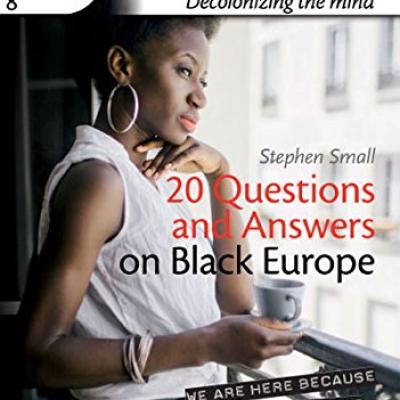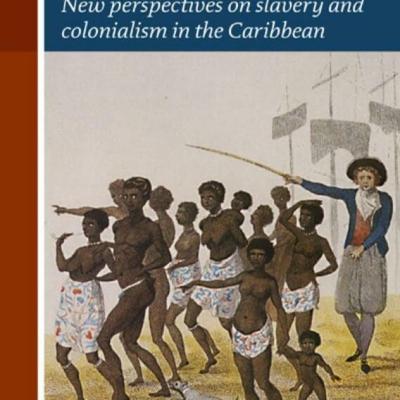Most people in the Netherlands think of slavery and the slave trade as something that happened a long time ago, did not affect many people, and have little relevance to Dutch society today. Nothing could be further from the truth. The truth is that politics, economics, religion, architecture and art in Amsterdam, Middelburg and other cities across the nation are inseparable and inextricable from Dutch slavery and the slave trade. This book details the history and legacy of Dutch slavery and the slave trade in the form of 20 questions and answers.
Introduction
1. When did Dutch slavery start?
2. Why did Dutch slavery start?
3. What was the role of the Africans in the slave trade?
4. What was the economic basis of slavery?
5. What was the political basis of slavery?
6. What was the social basis of slavery?
7. What was the cultural basis of slavery?
8. What was the role of women during slavery?
9. What was the impact of slavery and the slave trade on the Netherlands itself?
10. What kind of resistance was there against slavery?
11. How does Dutch slavery compare with slavery by other nations?
12. Why did Dutch slavery end?
13. What followed after slavery in the Dutch colonies?
14. What is the economic legacy of slavery?
15. What is the political legacy of slavery?
16. What is the social and cultural legacy of slavery in the Netherlands?
17. What is the African diaspora and its meaning for the Netherlands?
18. What are reparations?
19. How is everyday racism in the Netherlands today related to racism under slavery?
20. How should slavery be studied and conceptualized?
Further Reading









